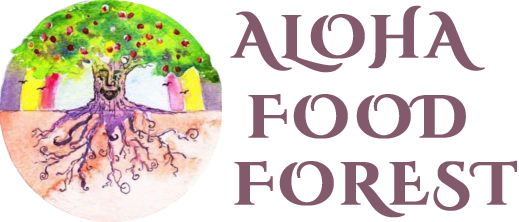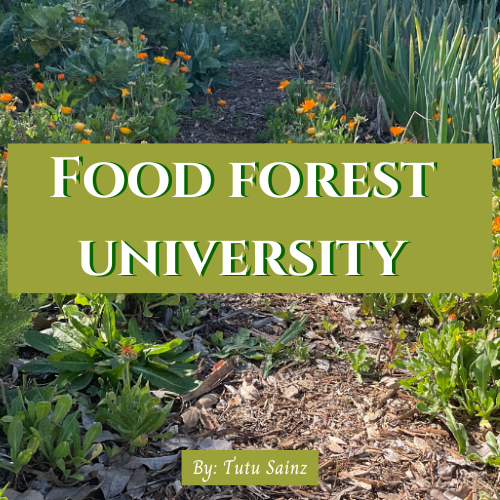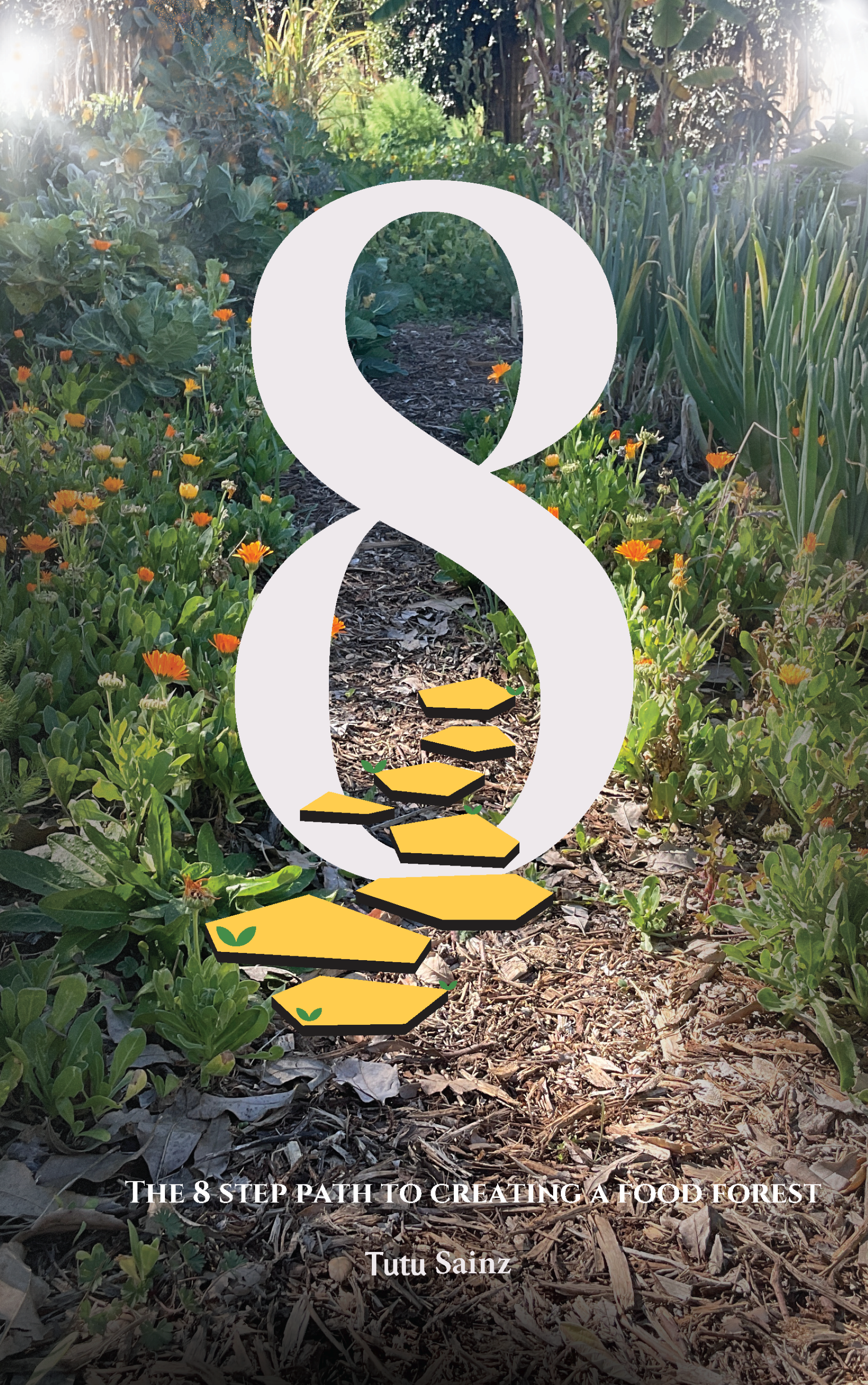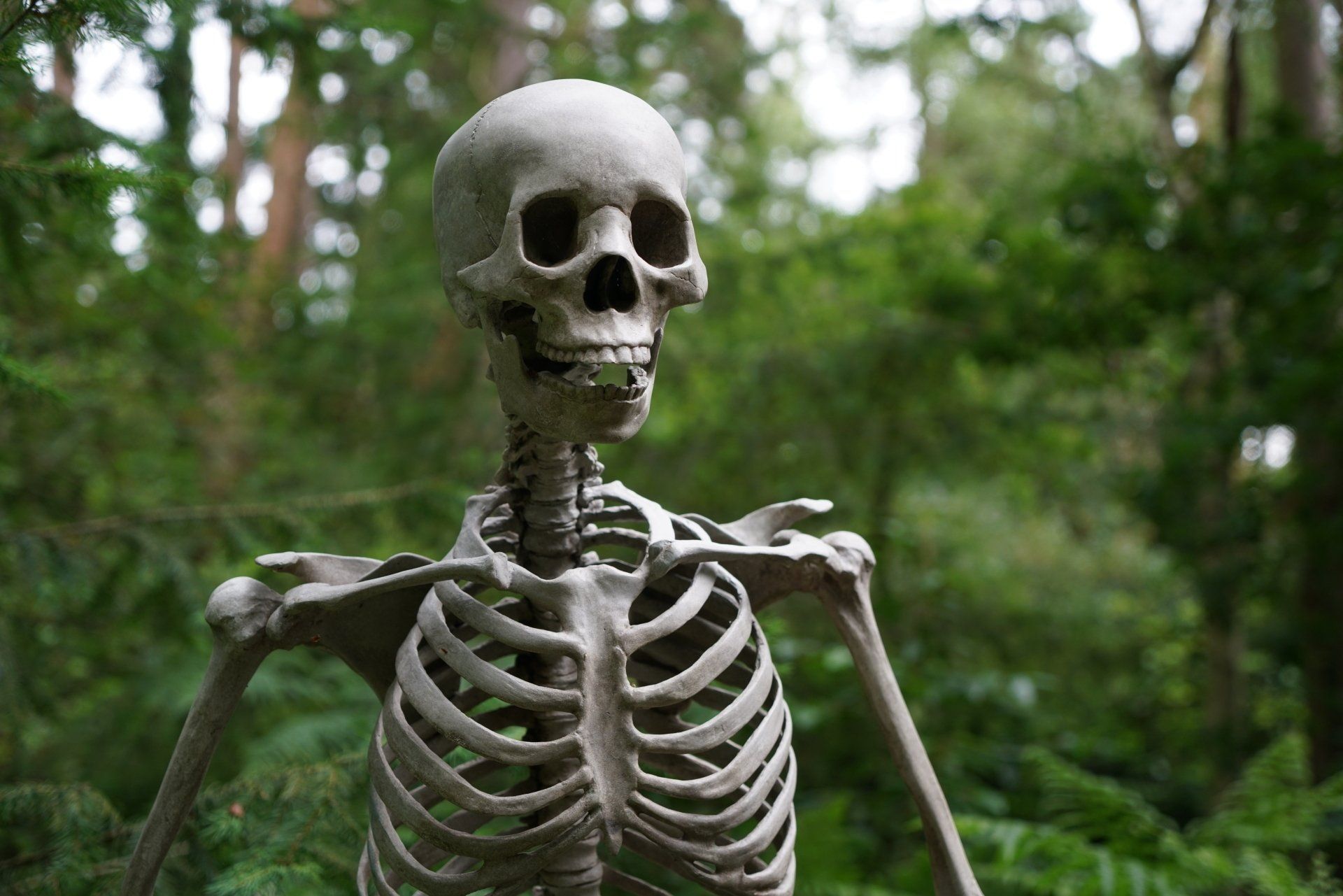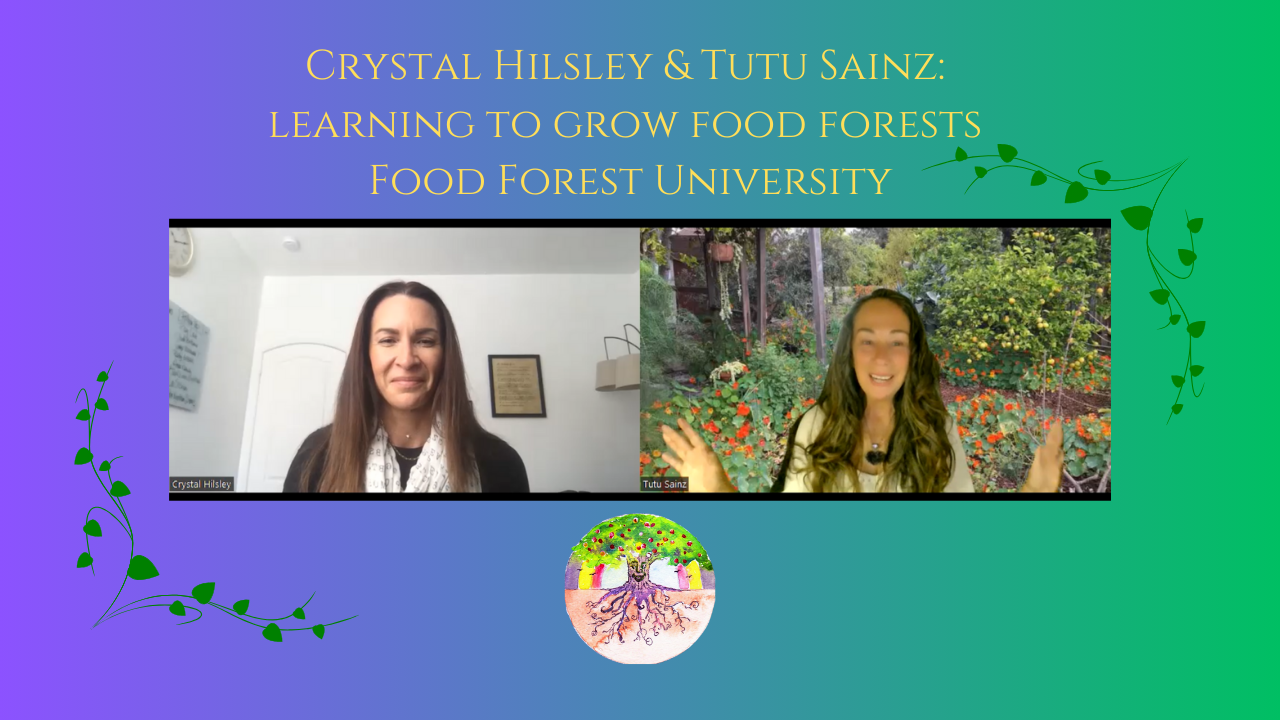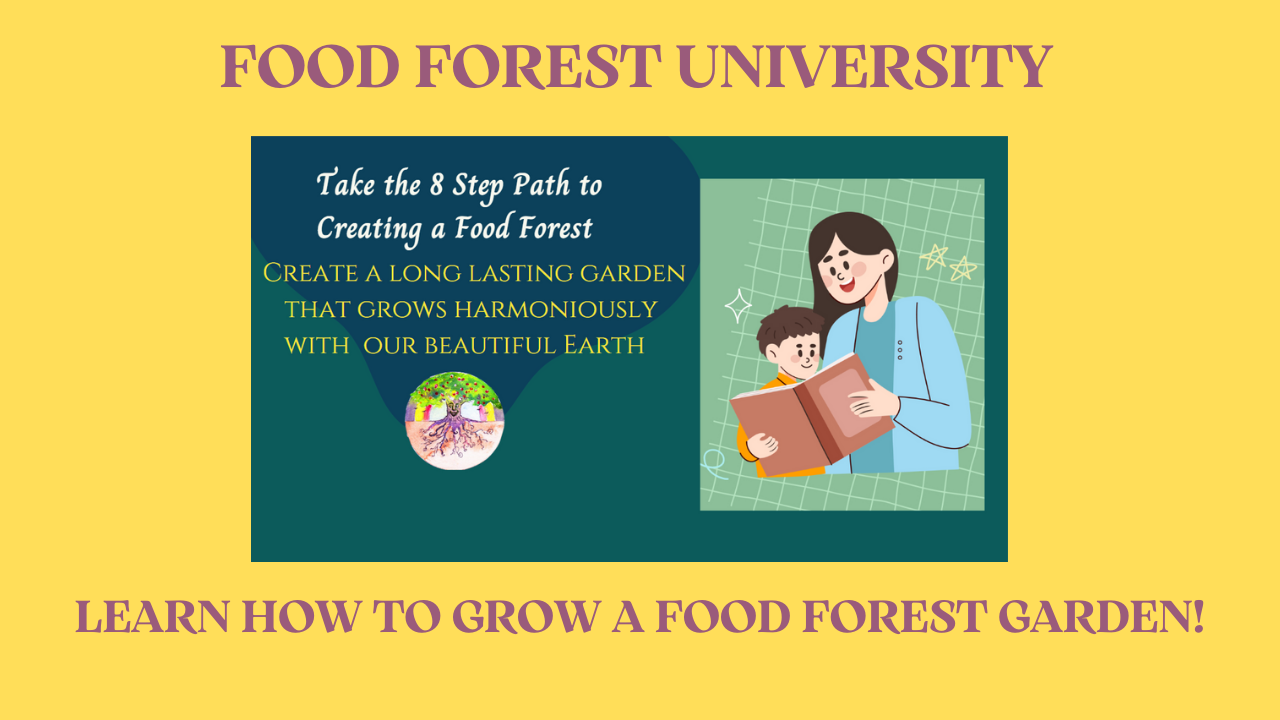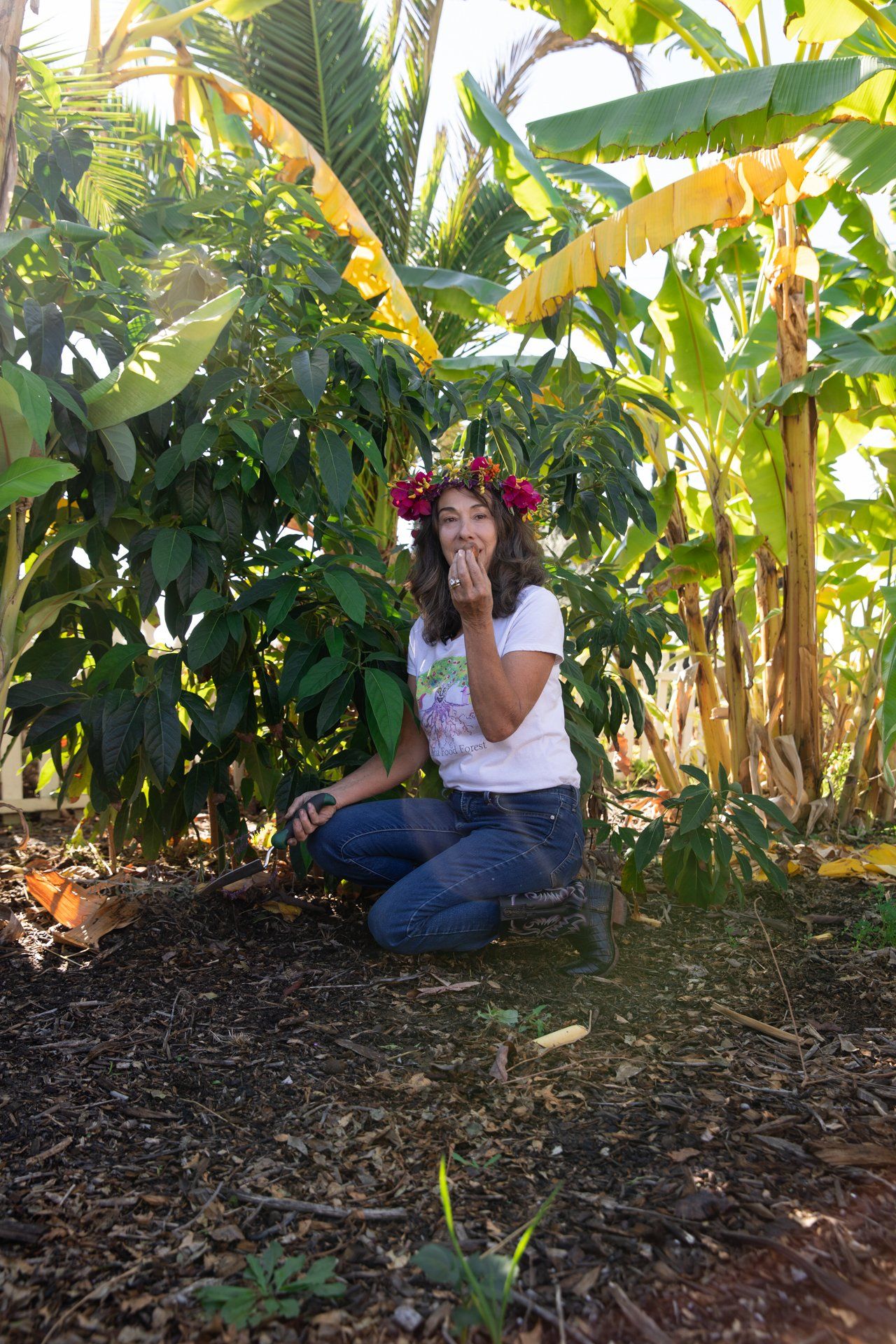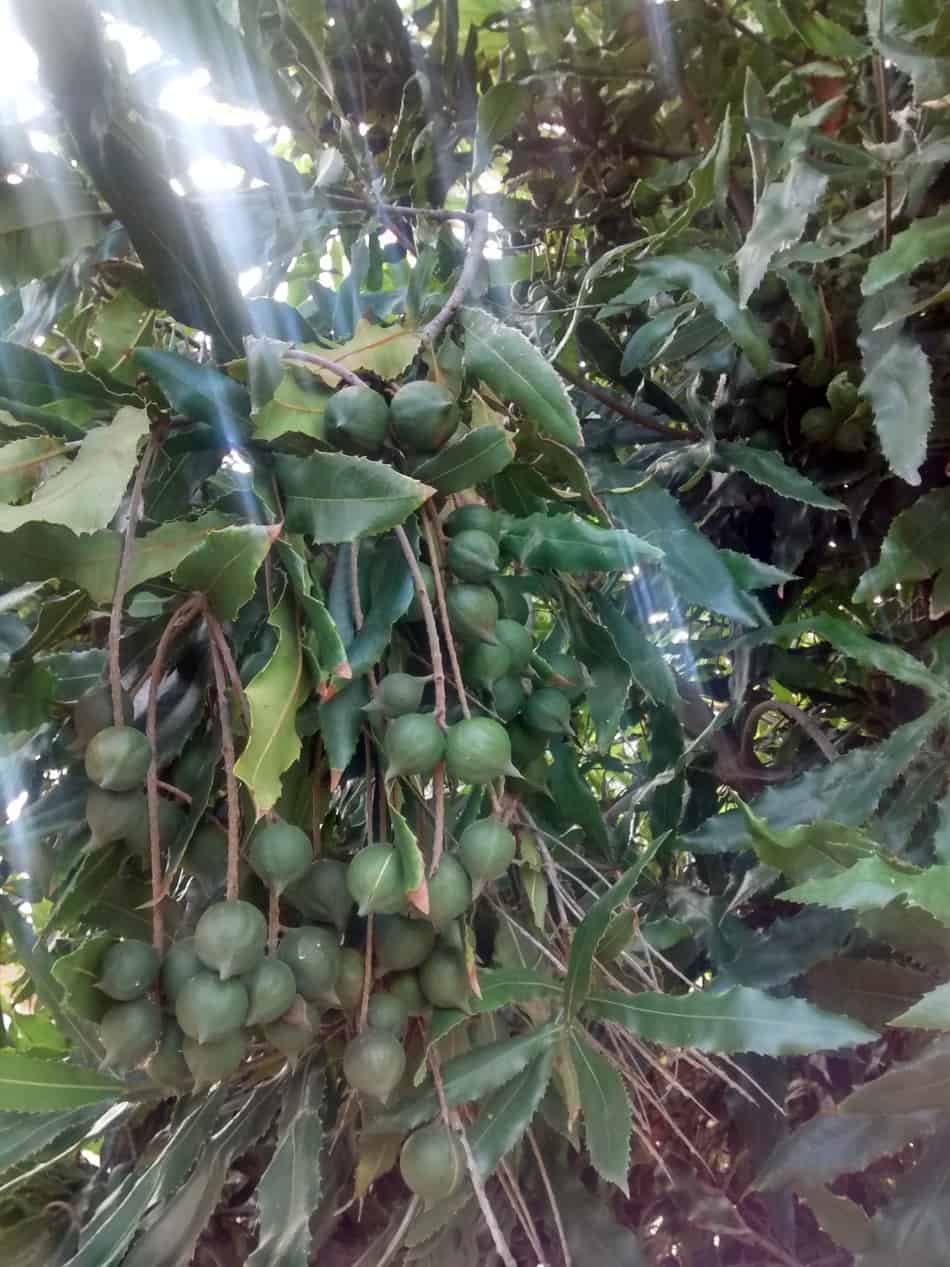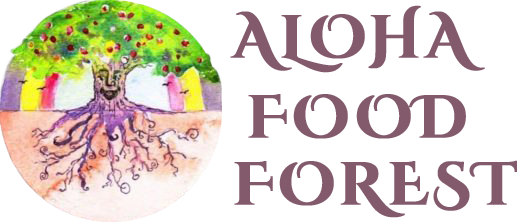Making Seed Balls, Masanobu Fukuoka style, perfect for food forest seed planting
Elizabeth "TuTu" Sainz • September 9, 2020
Aloha!
We have been learning more important lessons from an important teacher, Masanobu Fukuoka, author of One Straw Revolution, a popular book from the 1970’s that looks at his successful style of natural farming.
Today we decided to try making seed balls, Masanobu Fukuoka style, for a quicker way to plant seeds in the food forest. In one pleasant afternoon, we created around 200 clay balls full of a variety of seeds (around 1500 seeds) that we will scatter throughout the food forest as a quick and easy way to plant a large quantity and variety of seeds. This was really fun, and brings to mind making chocolate chip cookies or meatballs for spaghetti.
Ingredients:
Clay soil – pound out the hard lumps with a pestle or stone, until you have no clay lumps, and the soil is consistently fine. (soil that the moles have been working on was soft, pliable, fine, and perfect for use in this recipe). I must tell you that the clay soil that the moles had worked over was the perfect choice for this project!!!
Seeds – a variety of whatever seeds you have on hand, or whatever seeds you choose.
Water – to moisten as needed.
A large bin for mixing the ingredients together.
Directions:
Obtain clay soil for the main ingredient of the seed balls and place it in a large container. If there are lumps in the clay, then pound them out with a pestle or a smooth stone, so that the soil is uniformly fine.
Add a wide variety of seeds to the clay and mix them in.
Use water to moisten the clay until it’s moist enough to form into balls. Try to cover the seeds with the clay, so birds and insects won’t eat them.
The seed balls or seed bombs we are making today contain seeds of pumpkin, corn, lettuce, sunflower, and artichoke and beans. You can create fun plant combinations of your choosing for each new batch you make.
You can let them dry or you can plant them right away. I will plant these right away. First, I’ll part the mulch and place the seed ball onto the soil, so the roots can get right into the earth. then lightly cover the ball with a very thin layer of organic material, mostly to hide the seed ball from curious animals.
When these clumps of plants come up together, they will be companion plants growing forest style.
I hope you try this easy method of seed planting and that it brings you great success in your food forest!
With much gratitude to Masanobu Fukuoka, One Straw Revolution, for his wisdom and guidance in food forest gardening.
